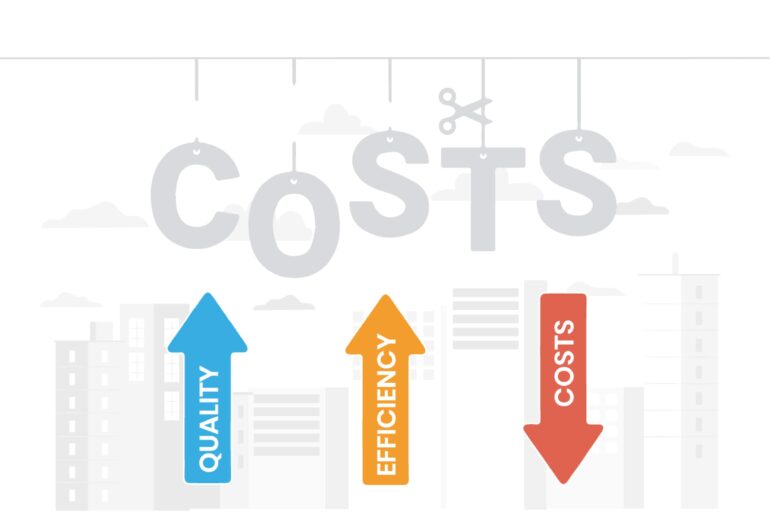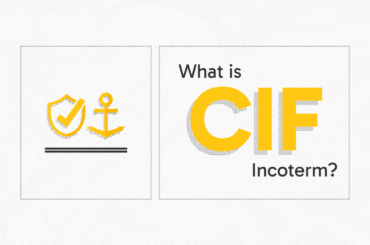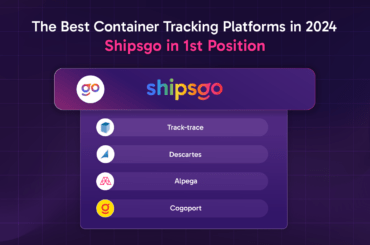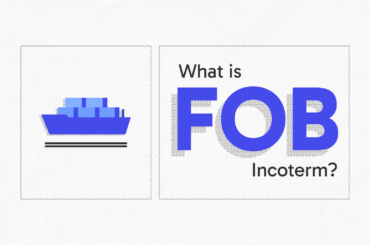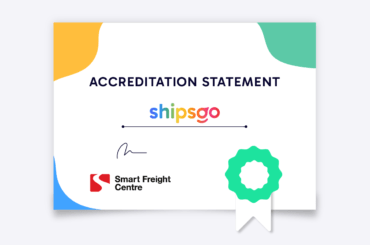Major Port Costs in a Container Port
Terminal Handling Charges (THC), Cargo Dues (wharfage), Port Dues, and Marine Services Dues. Understanding these costs will allow users of container ports to make much more detailed plans in terms of logistics planning. In this essay, we will try to understand the components of container port costs.
Terminal Handling Charges (THC) are related to the loading and unloading operations (handling and maintenance) of the containers. THC varies from port to port of each country. The shippers (exporters) at the port of loading are responsible for paying the THC; on the other hand, the consignees (importers) are responsible for paying the THC at the port of destination to the terminal operators. Shipping lines collect those charges from both exporters and importers.
Cargo Dues, also known as Wharfage are charged by the Port Authority to the shipping lines, exporters and importers. They are directly related to the usage of port infrastructure such as railway lines, bulk services, quays, etc. They are fixed costs in many container ports. They are considered as the official tariff.
Port Dues are calculated considering the gross registered tonnage of a ship based on its tonnage certificate. This due is charged by the terminal operator. The shipping line pays this cost. Port due is called harbour due in some ports.
Marine Service Costs are paid for the mandatory services such as pilotage, berthing and tug assistance. It is based on the size of the ship. In some container ports, marine service costs are classified under the port dues. The shipping line pays this cost.
